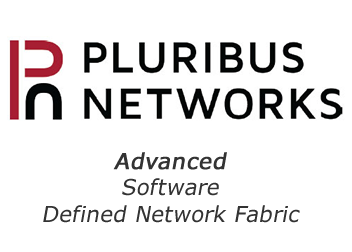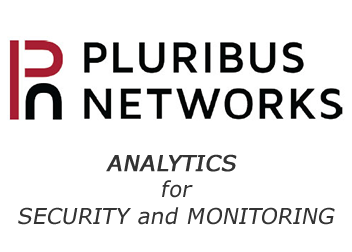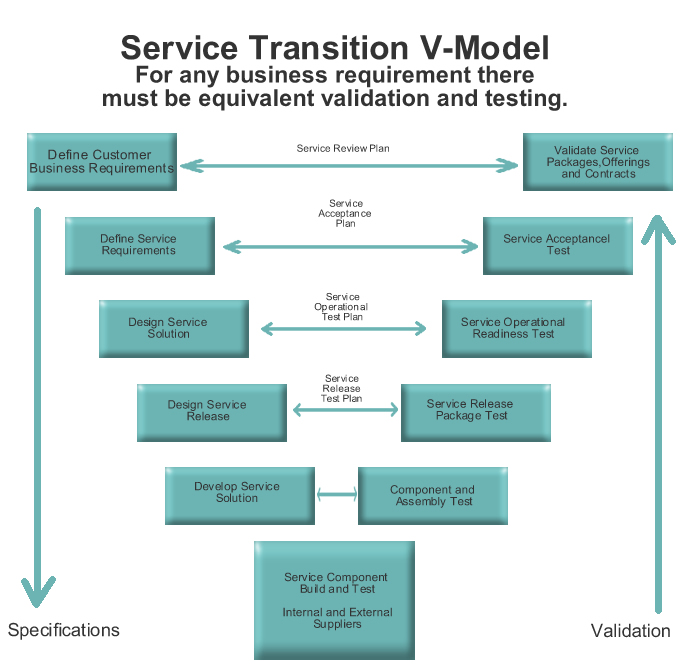Pluribus Networks Advanced Software Defined Solution Supports Network Services in the Fabric!


Pluribus Networks Advanced Software Defined Solution Supports Network Services in the Fabric!


Pluribus Networks is a leader in performance-oriented network virtualization for private and public cloud datacenters. Pluribus Network systems transform how IT administrators deploy applications so they can realize productivity gains and enable new business models. Pluribus Networks delivers operational excellence by optimizing datacenter network utilization while maintaining required levels of performance, reliability, and availability.
Netvisor® OS is an open, revolutionary Distributed Network Operating System with bare-metal hardware programmability like a server OS, bare-metal hypervisor virtualization like a server OS, and hardware independence like a server OS.
Netvisor is a distributed operating system based on a peer-to-peer, high-availability cluster architecture (see “Software Defined Fabric Switching” section for more details). This switch cluster technology is the foundation of Pluribus’ Software Defined Fabric, an architecture deeply ingrained in the network operating system, underpinning many of the other value-add network applications described hereafter. Pluribus’ Software Defined Fabric abstracts the complexity of the physical network topology by presenting the fabric-cluster as a single logical switch to services, applications and orchestration layers on top of the physical fabric.
The F64 Network Computing Appliance is available in a variety of hardware and software configurations and bundles.
Netvisor® OS, E28Q Network Computing Appliances, F64 Network Computing Appliances, E68 Server Switches, MicroBlade Switches or Open Pluribus please visit www.pluribusnetworks.com/products/
Please call OASYS at 973-838-5535 or email us at sales@oasyscorp.com to discuss your application or to request an evaluation of Pluribus Networks products. OASYS can assist you in integrating virtual versions of your security tools, network mangement tools, analyzers and server loacbalancers into the ToR systems from Pluribus Networks.
Pluribus Networks unique converged architecture fuses compute, storage, switching, and network virtualization. This allows the CIO or cloud operator to deploy virtualized appliances as well as other applications on our F64 and E28Q Network Computing Appliances, resulting in lowered CAPEX and OPEX, minimized footprint, and better programmability and visibility between the application and the network. Typical uses include virtualized firewalls and ADCs, network-intensive applications such as TIBCO’s EMS, and in the future, service chaining / NFV within an OpenStack deployment. These services may extend from the data center to the edge of the network, solving application delivery problems, a ‘branch-in-a-box.’
Rather than building a high-speed switching fabric that has services block hanging off it to provide network services, application services, storage, security, monitoring, and even applications themselves, this converged fabric provides many of these services right in the fabric, at every point of ingress and egress. For example, the cloud operator may cost-effectively deploy true east-west security in addition to existing north-south approaches. We are not trying to replace enterprise or tenant servers themselves, or their attached storage. But moving infrastructure application deployment and management ‘inNetwork’ permits the servers and storage attached to the fabric to be used for what they're intended for – applications. Applications run in multiple environments. The first is directly on the Pluribus Netvisor, bare-metal. But the majority of Linux applications run in either the traditional KVM daughter hypervisor or the KVM-compatible Pluribus Netvisor Virtual Machine, a next-generation hypervisor designed for wire-speed I/O performance. In the future, we will adopt container technology as well. These applications all tie into our vFlow-based flow programmability and are virtualized network-aware. Pluribus is conducting interoperability and scalability testing of both public-domain virtualized appliances, as well as those from some of the leading vendors in this space.
ITILv3 Information Technology Infrastructure Library version 3 - is a set of ITSM practices to align IT to create value for the business. Like any Deming Cycle methodology, ITILv3 is a practice that includes Continuous Service Improvement. DevOps is the term used when discussing the gap between developing a service and putting it into production. In ITILv3 this is defined as going from Service Design through Service Transition and then into Service Production. With the advent of Virtualization and Software Defined Fabrics businesses will accelerate the speed of putting a new service into production. More than ever managers will have to define details of new service's processes. With Pluribus Networks in the mix you have a Switch-Compute-Storage element that can support NFV and applications and be configured in a similar way you would bring up a service/application in the cloud like AWS Cloud Service. Pluribus Networks Netvisor enables nearly instant implementation for the application and network configuration from a single pane of glass. Like Facebook and Netflix system managers have already done to get to market quickly, ITSM developers need to break up application or service processes into small blocks of code. Each have their own process manager and Transition cycle. As the blocks of code to be updated are likely smaller and the input/output to the process is less complex than updating an entire application, changes can be made almost continually. Consider the diagram of the ITILv3 V-Model below and follow the methodology from left to right and relate the steps that can be eliminated or at least reduced with virtualization and Pluribus Networks features. Now more than ever ITILv3 methodologies should be adopted by IT to prepare businesses to take advantage of new hyper converged technologies.
